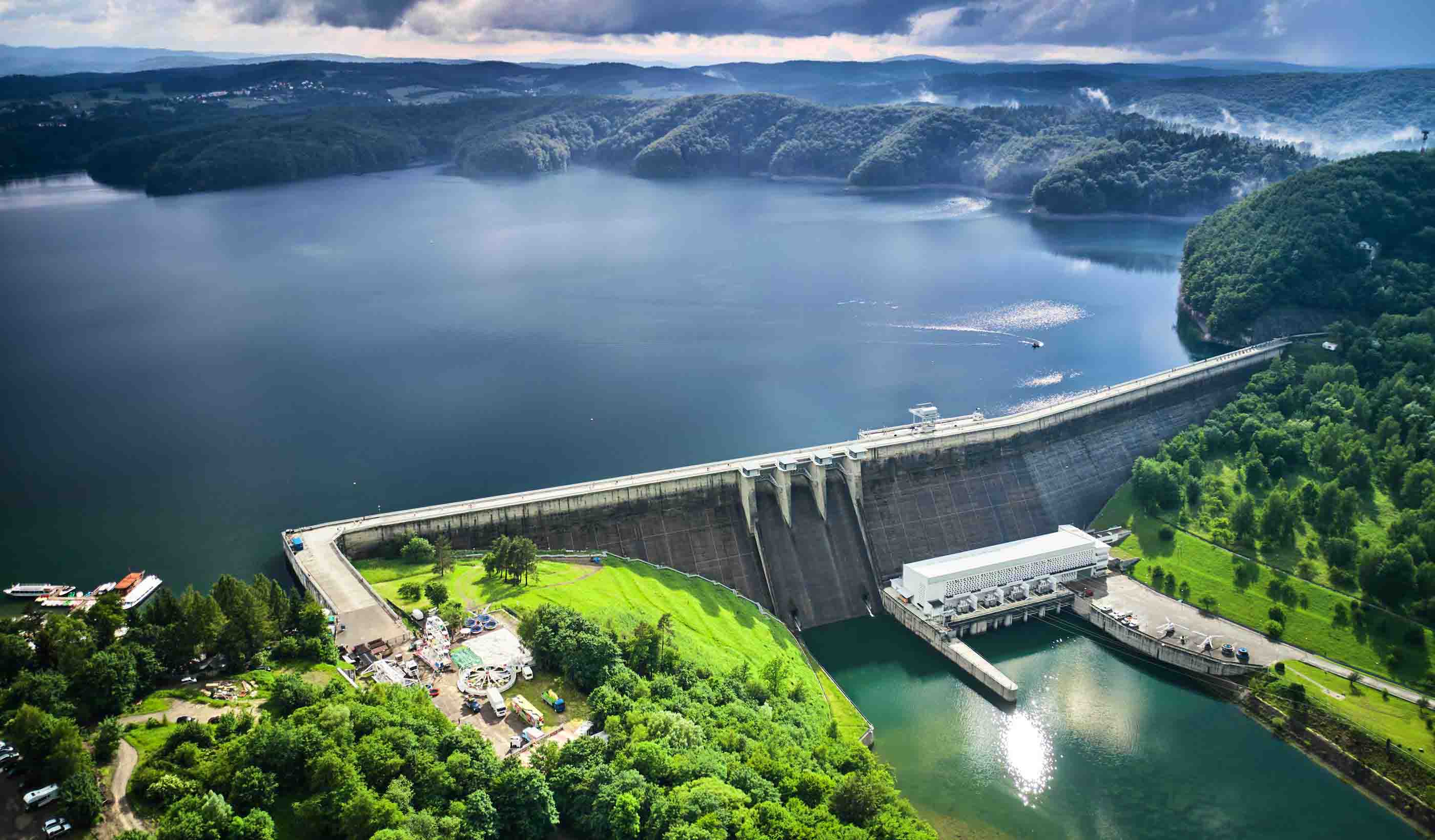How can hydrogen fuel a more sustainable energy future?
February 10, 2021
February 10, 2021
Transitioning to hydrogen can help us decarbonize energy use and improve energy equality around the world
Our energy world is undergoing one of the most significant shifts in its history. This is driven by the need to apply low-carbon technologies in hopes of meeting emission targets and climate change goals by 2050. Costs for applicable clean energy technologies, such as solar farms or windmills, are decreasing enough to almost compete against coal or natural gas. Yet, as popular as the adoption of these technologies have become, there are still limits to electrification.
From heavy truck shipping, to steel and ammonia production, to petrochemical plants and refineries, several sectors will require clean energy solutions within their processes to reduce carbon emissions. Even within the power industry, large scale energy storage cannot be achieved via battery systems alone. But it is possible with hydrogen.
Hydrogen can be produced through three processes: Grey, blue, and green. Two of these processes are well placed to provide global hydrogen solutions and help meet net zero targets in the future. The first, known as blue hydrogen, involves refurbishing existing hydrogen facilities with carbon capture technologies. The second, referred to as green hydrogen, is achieved through the electrolysis of water and uses only renewable energy sources.

There are three types of hydrogen production: Grey, blue, and green. Grey hydrogen (left) releases significant carbon emissions into the atmosphere. Blue hydrogen (center) captures and stores most carbon emissions for reuse. Green hydrogen (right) uses renewable energy sources and doesn’t release any emissions.
Hydrogen is the most abundant element in the universe. Luckily, it also has several attributes that enable it to be an effective energy carrier. It is non-toxic, light, reactive, and does not emit any carbon dioxide upon combustion. The energy world has realized that hydrogen can help decarbonize energy use. How? It can be blended within our energy infrastructure to reduce carbon dioxide emissions on a large scale. And it can meet the processing needs of the various industries mentioned above.
Blue and green hydrogen growth is inspiring. But the total growth of hydrogen will be a function of emission targets, policy support, and the adoption of other decarbonizing pathways and process efficiency improvements. A BloombergNEF Hydrogen Economy Outlook from 2020 estimates hydrogen usage growth between 187 and 696 million metric tonnes each year. But this depends strictly on government policy adoption.

Hydrogen project development is on the rise. The chart above shows the growth during the past three years.
Adopting hydrogen into our energy infrastructure carries significant strategic benefits, such as promoting energy security and reducing energy inequality. Renewable energy sources, whether solar or wind, can be built almost anywhere in the world and electricity from these units can be used to manufacture hydrogen as needed.
But it is the hydropower and dams industry that has the most to gain from hydrogen. Why? Because the abundance of available water can be used for the electrolysis process and the excess of generated power can be allocated for hydrogen production. Plus, upgrading hydropower facilities can also be used to diversify a country’s energy systems.
Hydrogen is the most abundant element in the universe. Luckily, it also has several attributes that enable it to be an effective energy carrier.
Nations such as Ethiopia and Nepal can use hydropower to produce clean electricity and hydrogen to create a new energy future, as well as attract industries, improve economic diversification, and improve employment prospects for their workforce. These facilities would also reduce the need for national energy imports. And global institutions, such as the World Bank and the Asian Development Bank, understand how these benefits would promote more equitable living standards.
The careful adoption of blue hydrogen within present infrastructure, such as blending it in pipelines, will help society reduce its carbon footprint while striving to achieve green energy solutions. As hydrogen becomes more accepted and prevalent in the industry, excess natural gas pipeline systems could be converted for carbon dioxide transport and reuse in more sustainable methods.

Hydrogen is the most abundant element in the universe. Luckily, it also has several attributes that enable it to be an effective energy carrier.
First and foremost: Cost. The cost of blue hydrogen is driven by imposed carbon penalties, carbon capture technologies, and the market value of captured carbon. Unfortunately, carbon-capture technologies are not expected to make significant cost breakthroughs within the next 20 years. Presently, green hydrogen is significantly more expensive than blue hydrogen and is especially impacted by electricity costs, electrolyzer capital costs, and storage methods. We believe that these costs will drop in the future, with green hydrogen costs expected to achieve parity with blue hydrogen costs between 2030 and 2050.
Secondly, is storage. We must develop hydrogen storage infrastructure to promote the use of blue and green hydrogen. Assuming large volumes of hydrogen will be required to achieve proper supply buffering, this can only be done through underground storage caverns.
Thirdly, is transport. The industry is still searching for optimal ways to transport large volumes of hydrogen. Pipelines can be dedicated for 100% hydrogen supply, or hydrogen can be blended within natural gas pipelines to reduce capital investment while developing hydrogen demand.
The world will need to develop power infrastructure to deal with the needs for green hydrogen production. The use of centralized (hydropower) or decentralized (solar or wind) power sources will depend on geographical attributes and transmission efficiencies. Governments will also have to develop policies that will incentivize product demand, develop initial testing projects with new technologies, and promote green or blue hydrogen technology adoption through sanctioned carbon taxes. Without these actions, hydrogen cannot compete in the industry.

By transitioning to hydrogen, we can achieve a cleaner, greener, and more sustainable future.
Meeting decarbonization goals will require the careful study of hydrogen, as well as experienced advisory and engineering support. Green hydrogen production projects will require significant amounts of power and impact process value chains, product lines, and business models. As engineers, we have a commitment to our clients and communities: To help them meet decarbonization goals. By transitioning to hydrogen, we can achieve a cleaner, greener, and more sustainable future.